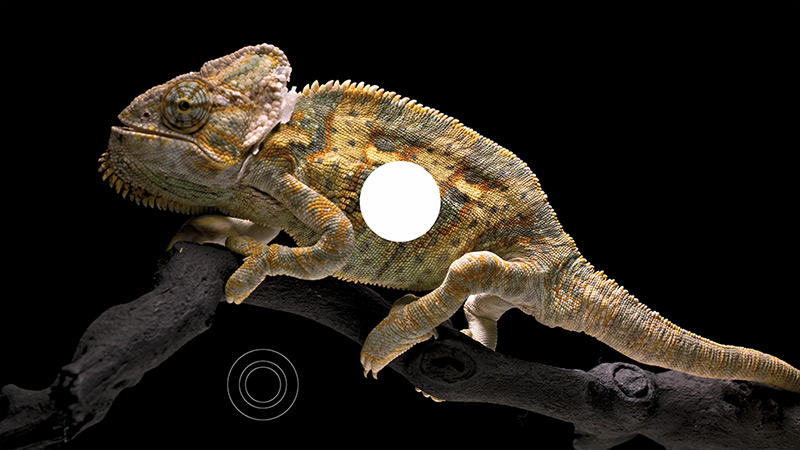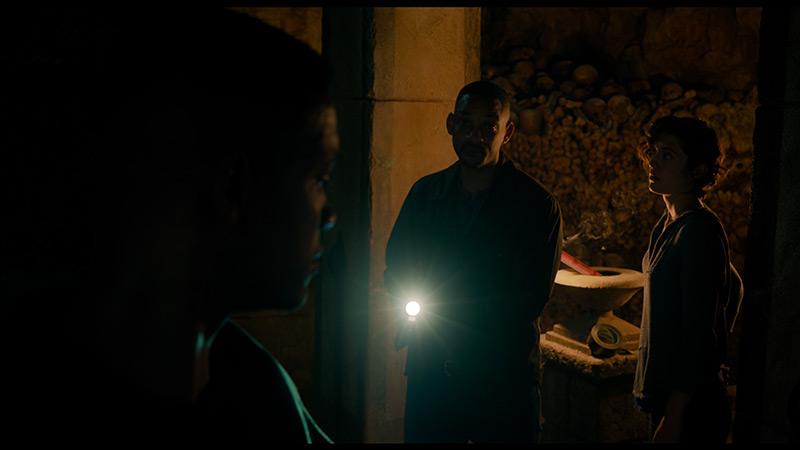The Samsung Q60D is a versatile model that marks the entry point into the manufacturer's QLED line for 2024. Its standout feature is the modern Tizen system, which offers intuitive navigation and access to a wide range of applications and streaming platforms like Netflix, Prime Video, and Disney+. The simple user interface ensures that using the television is comfortable and that accessing your favourite content is quick and hassle-free. While the TV lacks recording capabilities, a solar-powered remote control makes it convenient to manage external devices, such as the Canal+/NC+ decoder, further enhancing user comfort.
In terms of picture quality, the Q60D offers high native contrast and above-average brightness, helping to compensate for the absence of Dolby Vision. It’s also a solid choice for casual gaming, with essential features like a Game Bar and very low input lag enhancing the overall experience. The Samsung Q60D is a well-rounded television that combines modern features, sleek design, and good picture quality, making it an attractive option for a variety of users.
The Samsung S90D (or S94D) TV is a model that surprises in many ways, offering exceptional performance across various aspects. One key feature to note is that depending on the size of the television, it may differ in the OLED panel variants used. Regardless of the specific panel technology, the S90D guarantees perfect blacks, and its HDR light effects, aided by high brightness, truly impress, creating a cinematic experience in the comfort of your home. OLED technology provides deep blacks and vibrant colours, making every movie and series look stunning, with clear details even in dark scenes.
Although the factory colour settings might not be ideal, the television truly shines after calibration, becoming unbeatable in its price range for colour accuracy. This makes the S90D a fantastic option for film enthusiasts who appreciate high-quality picture performance. The TV is also an excellent choice for regular TV watching, offering wide viewing angles and an intuitive, feature-rich Tizen operating system, which makes navigating apps and accessing content effortless. With support for popular streaming services and AirPlay, users can enjoy multimedia of the highest quality.
Regarding image smoothness, the S90D excels with its 120Hz panel, effectively eliminating motion blur and ensuring smooth rendering of fast-paced scenes. Watching sports on this television is a joy, with dynamic actions displayed clearly without interruptions. Additionally, the S90D is a great option for gamers, thanks to full support for HDMI 2.1 and low input lag, providing a responsive and fluid gaming experience.
Overall, the Samsung S90D combines excellent image quality, smooth performance, and a wealth of features, making it one of the best choices in the premium TV category.













































































































